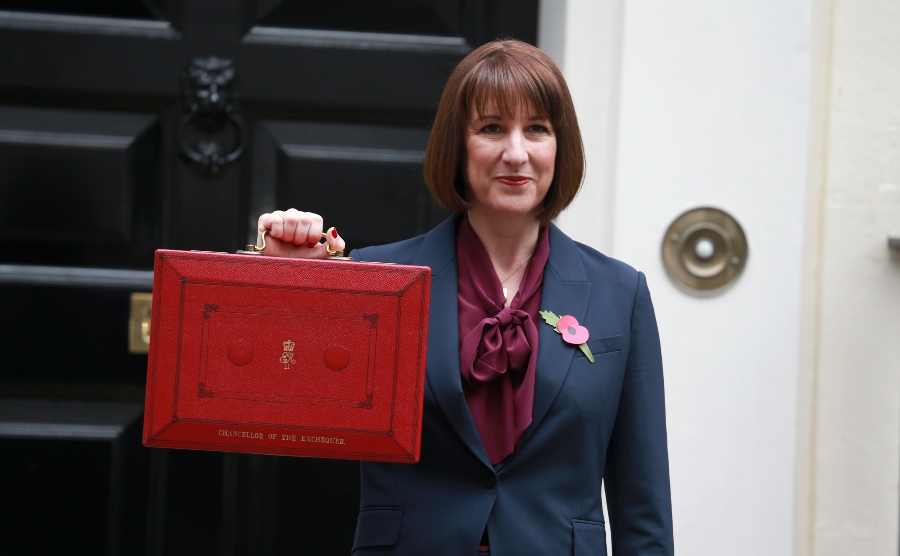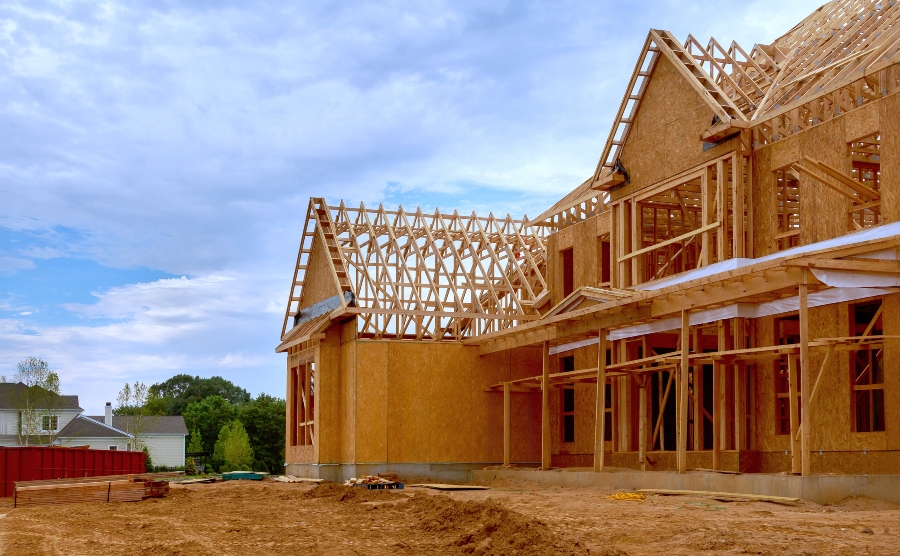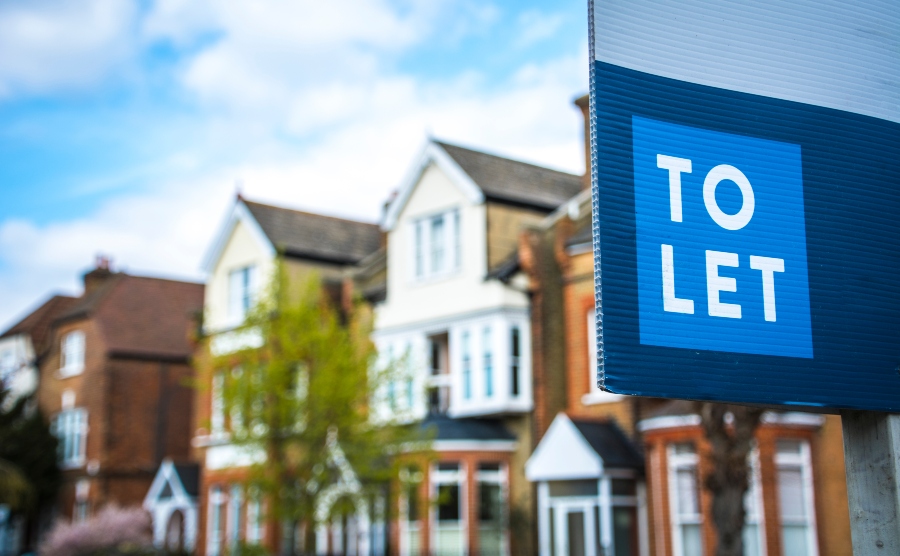Image: Fred Duval via Shutterstock
The new Labour government has published its first – and much anticipated – Autumn Budget. We reveal how the housing industry has reacted to it, unpack some of the key takeaways for property buyers and bring you some current data on the UK’s second home market.
Disgruntled business owners and farmers appear the hardest hit by last month’s Budget. A hike in employers’ national insurance contributions will be an immediate and painful cost to thousands of companies. The introduction of inheritance tax on agricultural land (above £1m) brings uncertainty to the future of some family-owned farms. Away from these headlines, there are measures in Rachel Reeves’s inaugural Budget that affect the property market. Let’s take a look.

The UK Autumn Budget, October 2024
Image: Fred Duval via Shutterstock
Stamp duty – a double whammy
The tax paid by buyers in a property transaction, officially stamp duty land tax (SDLT), is rarely left untouched in a Budget. In the latest one, the government has imposed one immediate and blatant hike and one delayed more masked rise. The first is the SDLT surcharge for second homes, or so-called ‘higher rate for additional dwellings’, which from 31st October 2024 increased by two percentage points to 5%.
“Increasing stamp duty on additional home purchases means that, based on the average asking price for a home, a landlord could face an additional charge of more than £7,000 from tomorrow,” said Rightmove property expert Tim Bannister. “In the short-term, some landlords may need to pause for thought, but in the longer-term we expect it becomes another charge that landlords become accustomed to considering.”
The second was the failure to extend the current SDLT relief thresholds, including for first-time buyers, which were implemented by the Conservative government and are set to return to previous levels at the end of March 2025. As things stand, the thresholds are due to fall back to £125,000 from the current £250,000 for all homebuyers and to £300,000 from the current £425,000 for first-time buyers.
“This decision leaves buyers facing rising property prices without the buffer of past stamp duty breaks, driving many to rush their purchases before further changes come in March 2025,” said Nick Lieb, Chief Operations Officer at Share to Buy, the country’s largest first-time buyer property portal. For a first-time buyer purchasing a property at the average UK price of £370,759, this will mean a stamp duty bill of £3,538 compared with nothing now.
Respite for property-related CGT and IHT
The rates of capital gains tax (CGT) levied on profits from second homes has been held at the budget, which means they remain at 18% (for lower rate taxpayers) and 24% (for higher rate payers). This might not seem like much to shout about, but the chancellor did target other asset classes. CGT due on the sale of other non-property investments has been raised from 10% to 18% (lower rate payers) and 20% to 24% (higher rate payers), bringing them into line with CGT on property.
Rachel Reeves also froze inheritance tax rules for a further two years until 2030. Currently the first £325,000 of a property’s value can be inherited tax-free. This rises to £500,000 if a property is passed on to direct descendants, ie children and grandchildren, and £1m if passed onto a spouse and then inherited by direct descendants.

More homes to be built across the country
Cash injection for affordable housing
True to form, the first Labour budget for 14 years has sought to boost entry level housing. Chancellor Reeves announced £5bn of investment towards delivering Labour’s housing plan, with a £500m boost to the Affordable Homes Programme. Investment is planned for sites across the country, such as Liverpool Central Docks, with 2,000 new homes and a transformation of the waterfront. There will also be £25m put towards the delivery of 3,000 energy-efficient new homes across the country, with a target of 100% of these being affordable. Plans to reduce Right to Buy discounts enabling more council homes to remain within the sector are on the table too. As is a commitment to explore making the Mortgage Guarantee Scheme permanently available to support lending at 95% loan-to-value.
Investment property in the UK: Yes or no?
Reading the above and details of the wider Budget might make you think twice about investing in a second home in the UK. And understandably so.
If you press ahead with your plans, you would be far from alone. Just looking at residential buy-to-let, currently there are circa 2.82m landlords in the UK, with more than two-thirds (68%) over the age of 55 (ONS data). More than 50% of UK landlords operate in either the Southeast, Southwest, or London, with more than a quarter (26%) saying they made a profitable, full-time living in Q3 2023, according to research from comparison portal USwitch. Central London has the highest average portfolio value (around £2.66m), but average yield is low (4.4%) compared to Wales (5.8%), one of the highest yielding UK regions. The three main reasons for owning buy-to-let property are preference for property as an investment, contribution to pension and to supplement income.

The Autumn Budget might make you think twice about investing in a second UK home
By contrast, a current estimate for the number of holiday rental homes in the UK is around 300,000 (around 10% of the total private rental market). These are privately owned properties rented out short-term to paying holidaymakers that typically are also used by the owners.
According to USwitch, in June 2024 nearly all (10 out of 11) regions of Great Britain saw growth in the supply of short-term rental properties from five years earlier (June 2019), at an average rate of 51%. Only Scotland underwent a drop in the supply of holiday and vacation rentals, falling by 5% from June 2019. Short-term rental properties in Edinburgh, London, and Manchester had the most nights reserved in June 2024.
Total nights reserved across short-term rentals in the UK was up 98% in January 2024 from January 2019. In terms of average annual income by UK region, the Cotswolds tops the list. In second place is Cumbria (including the Lake District, followed by Dorset, Cornwall and the Peak District, the Scottish Highlands and Islands, Northumberland, East Anglia, the South Coast and North Wales. The two main reasons driving second home ownership in the UK are having a holiday home and long-term investment.

